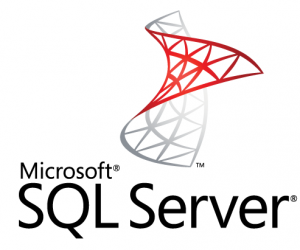
INTRODUCTION MySQL
MySQL is an important component of an open source enterprise stack called LAMP. LAMP is a web development platform that uses Linux as the operating system, Apache as the web server, MySQL as the relational database management system and PHP as the object-oriented scripting language. (Sometimes Perl or Python is used instead of PHP.)
Originally conceived by the Swedish company MySQL AB, MySQL was acquired by Sun Microsystems in 2008 and then by Oracle when it bought Sun in 2010. Developers can use MySQL under the GNU General Public License (GPL), but enterprises must obtain a commercial license from Oracle.
Today, MySQL is the RDBMS behind many of the top websites in the world and countless corporate and consumer-facing web-based applications, including Facebook, Twitter and YouTube.
Core MySQL features
MySQL enables data to be stored and accessed across multiple storage engines, including InnoDB, CSV, and NDB. MySQL is also capable of replicating data and partitioning tables for better performance and durability. MySQL users aren’t required to learn new commands; they can access their data using standard SQL commands.
For security, MySQL uses an access privilege and encrypted password system that enables host-based verification. MySQL clients can connect to MySQL Server using several protocols, including TCP/IP sockets on any platform. MySQL also supports a number of client and utility programs, command-line programs and administration tools such as MySQL Workbench.
Offshoots of MySQL, also known as forks, include the following:
- Drizzle, a lightweight open source database management system in development based on MySQL 6.0;
- MariaDB, a popular community-developed “drop-in” replacement for MySQL that uses MySQL APIs and commands; and
- Percona Server with XtraDB, an enhanced version of MySQL known for horizontal scalability.
MySQL vs SQL
- Before 2016, the main difference between MySQL and SQL was that the former could be used on multiple platforms, whereas the latter could only be used on Windows.
- Microsoft has since expanded SQL to support Linux, a change which went into effect in 2017.
- When MySQL is installed via Linux, its package management system requires custom configuration to adjust security and optimization settings.
MySQL also allows users to choose the most effective storage engine for any given table, as the program is able to utilize multiple storage engines for individual tables. One of MySQL’s engines is InnoDB. InnoDB was designed for high availability. Because of this, it is not as quick as other engines.
SQL uses its own storage system, but it does maintain multiple safeguards against loss of data. Both systems are able to run in clusters for high availability.
SQL Server Reporting Services is the most popular one and is available as a free download.
FEATURES OF MySQL
The following list shows the most important properties of MySQL. This section is directed to the reader who already has some knowledge of relational databases. We will use some terminology from the relational database world without defining our terms exactly. On the other hand, the explanations should make it possible for database novices to understand to some extent what we are talking about.
Relational Database System:
Like almost all other database systems on the market, MySQL is a relational database system.
Client/Server Architecture:
MySQL is a client/server system. There is a database server (MySQL) and arbitrarily many clients (application programs), which communicate with the server; that is, they query data, save changes, etc. The clients can run on the same computer as the server or on another computer (communication via a local network or the Internet).
Almost all of the familiar large database systems (Oracle, Microsoft SQL Server, etc.) are client/server systems. These are in contrast to the file-server systems, which include Microsoft Access, dBase and FoxPro. The decisive drawback to file-server systems is that when run over a network, they become extremely inefficient as the number of users grows.
SQL compatibility:
MySQL supports as its database language — as its name suggests – SQL (Structured Query Language). SQL is a standardized language for querying and updating data and for the administration of a database. There are several SQL dialects (about as many as there are database systems). MySQL adheres to the current SQL standard (at the moment SQL:2003), although with significant restrictions and a large number of extensions.
